I M Pei
Ieoh Ming Pei was a Chinese-American architect. A friend of Walter "Bauhaus" Gropius Pei is highly regarded as one of the most influential and iconic figures of the world we live in and everything that surrounds us.
Pei was born in Guangzhou on 26 April 1917 to Tsuyee and Lien Kwun, and the family moved to Hong Kong one year later. The family eventually included five children. As a boy, Pei was very close to his mother, a devout Buddhist who was recognized for her skills as a flutist. She invited him (and not his brothers or sisters) to join her on meditation retreats.
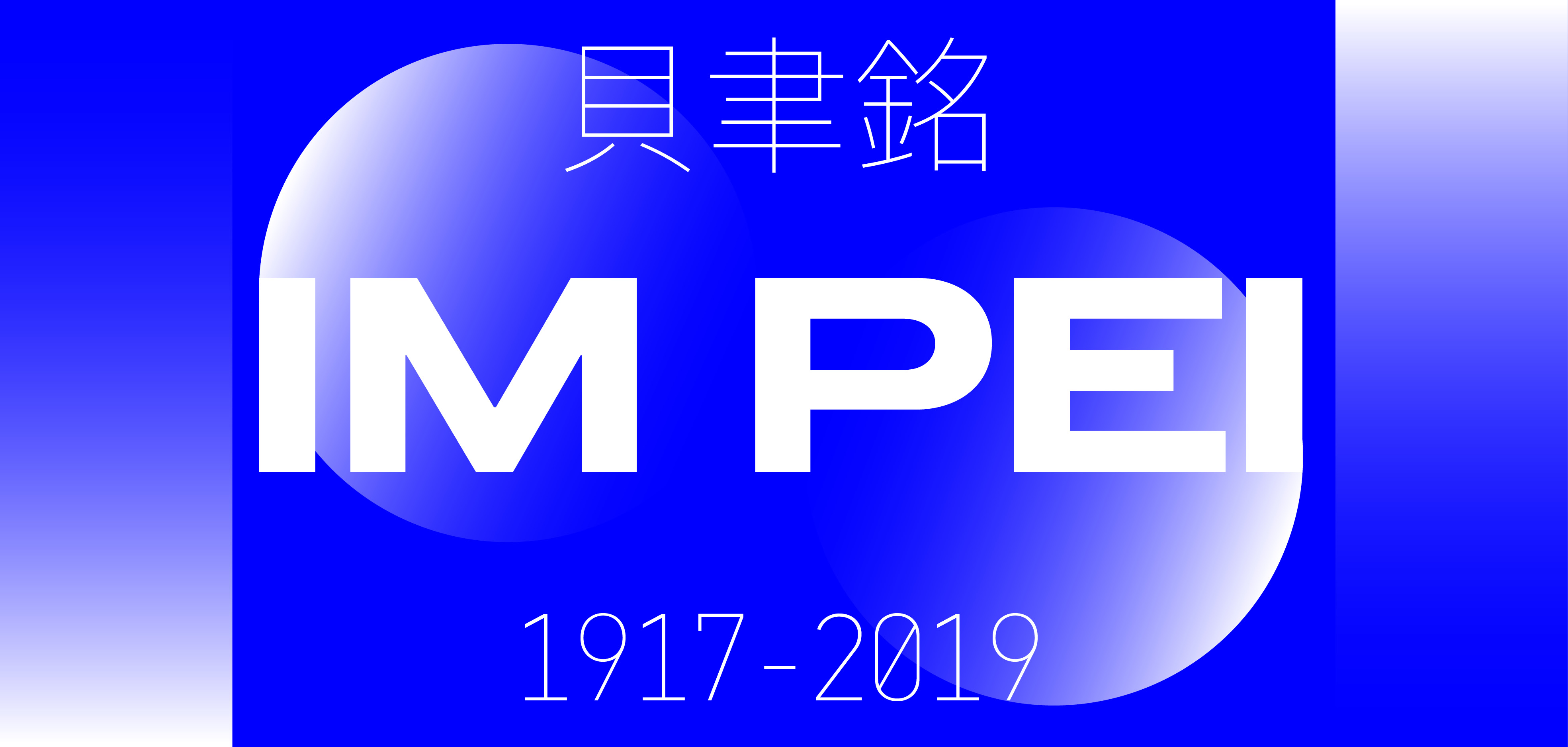
Pei's ancestry traces back to the Ming Dynasty when his family moved from Anhui province to Suzhou. Finding wealth in the sale of medicinal herbs, the family stressed the importance of helping the less fortunate. Pei's ancestors' success meant that the family lived in the upper echelons of society, but Pei said his father was "not cultivated in the ways of the arts".
The younger Pei, drawn more to music and other cultural forms than to his father's domain of banking, explored art on his own. "I have cultivated myself," he said later. After all, as a kid, he drew inspiration from the Shizilin Garden in Suzhou, "an ideal playground" for his vivid, uncompromising imagination.
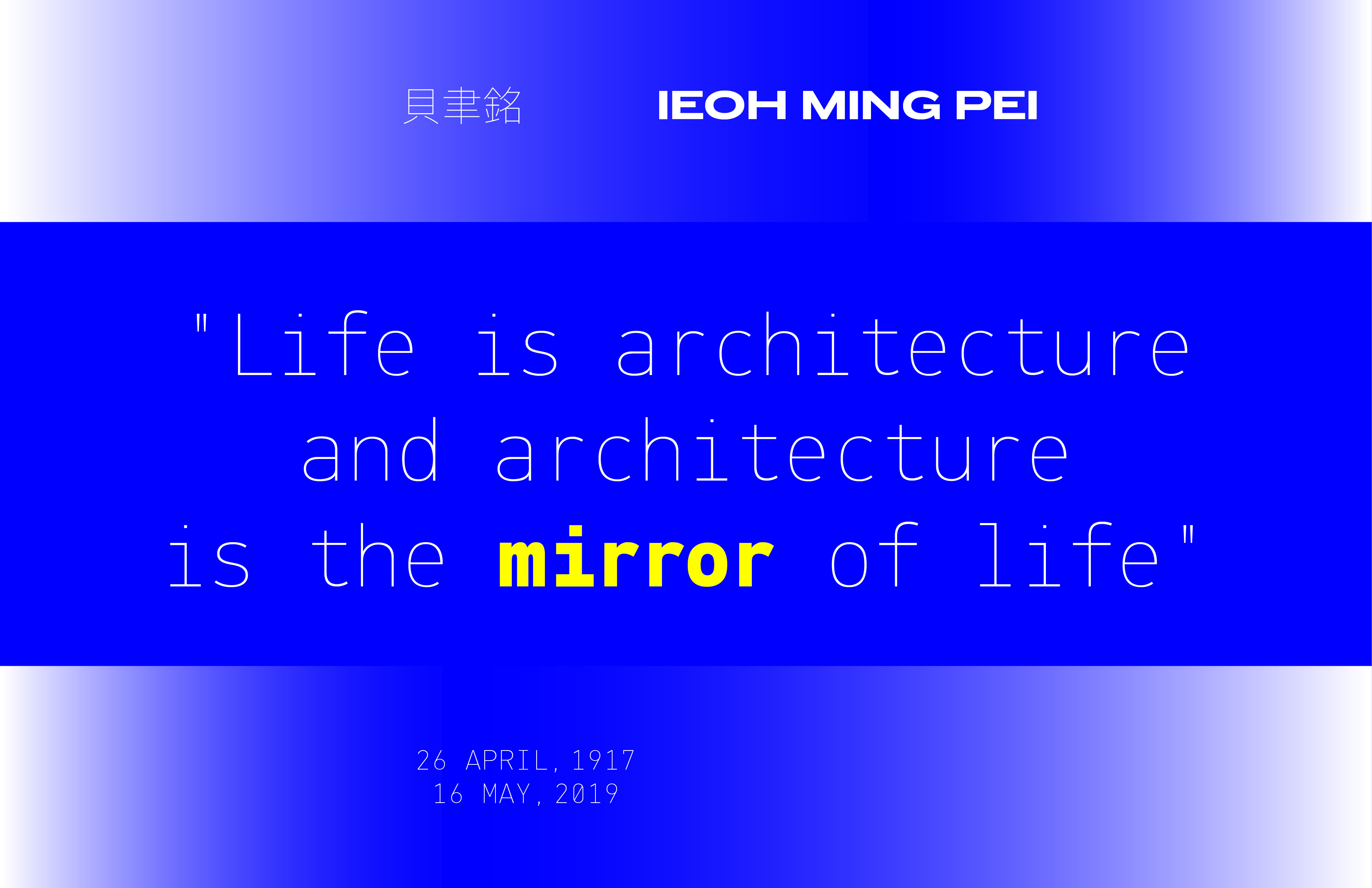
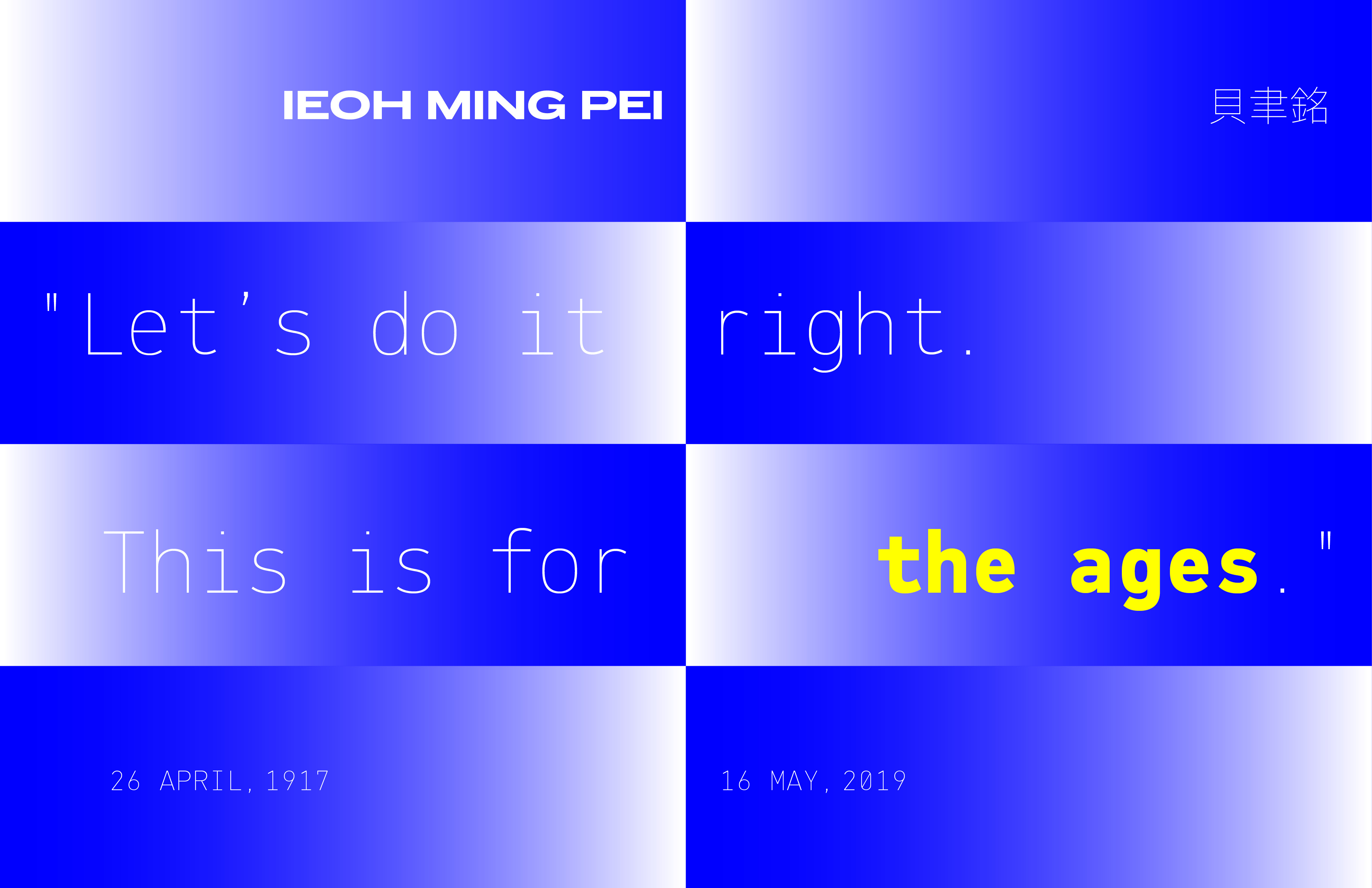
In 1935, he moved to the United States and enrolled in the University of Pennsylvania's architecture school, but quickly transferred to the Massachusetts Institute of Technology (MIT). He was unhappy with the focus at both schools on Beaux-Arts architecture and spent his free time researching emerging architects, especially Le Corbusier. After graduating, he joined the Harvard Graduate School of Design (GSD) and became a friend of the Bauhaus architects Walter Gropius and Marcel Breuer. In 1948, Pei was recruited by New York City real estate magnate William Zeckendorf, for whom he worked for seven years before establishing his own independent design firm I. M. Pei & Associates in 1955, which became I. M. Pei & Partners in 1966 and later in 1989 became Pei Cobb Freed & Partners. Pei retired from full-time practice in 1990. Since then, he was an architectural consultant primarily for his sons' architectural firm Pei Partnership Architects.

Pei's first major recognition came with the Mesa Laboratory at the National Center for Atmospheric Research in Colorado (designed in 1961, and completed in 1967). His new stature led to his selection as the chief architect for the John F. Kennedy Library in Massachusetts. He went on to design Dallas City Hall and the East Building of the National Gallery of Art.
He returned to China for the first time in 1975 to design a hotel at Fragrant Hills and designed Bank of China Tower, Hong Kong, a skyscraper in Hong Kong for the Bank of China fifteen years later. In the early 1980s, Pei was the focus of controversy when he designed a glass-and-steel pyramid for the Musée du Louvre in Paris.
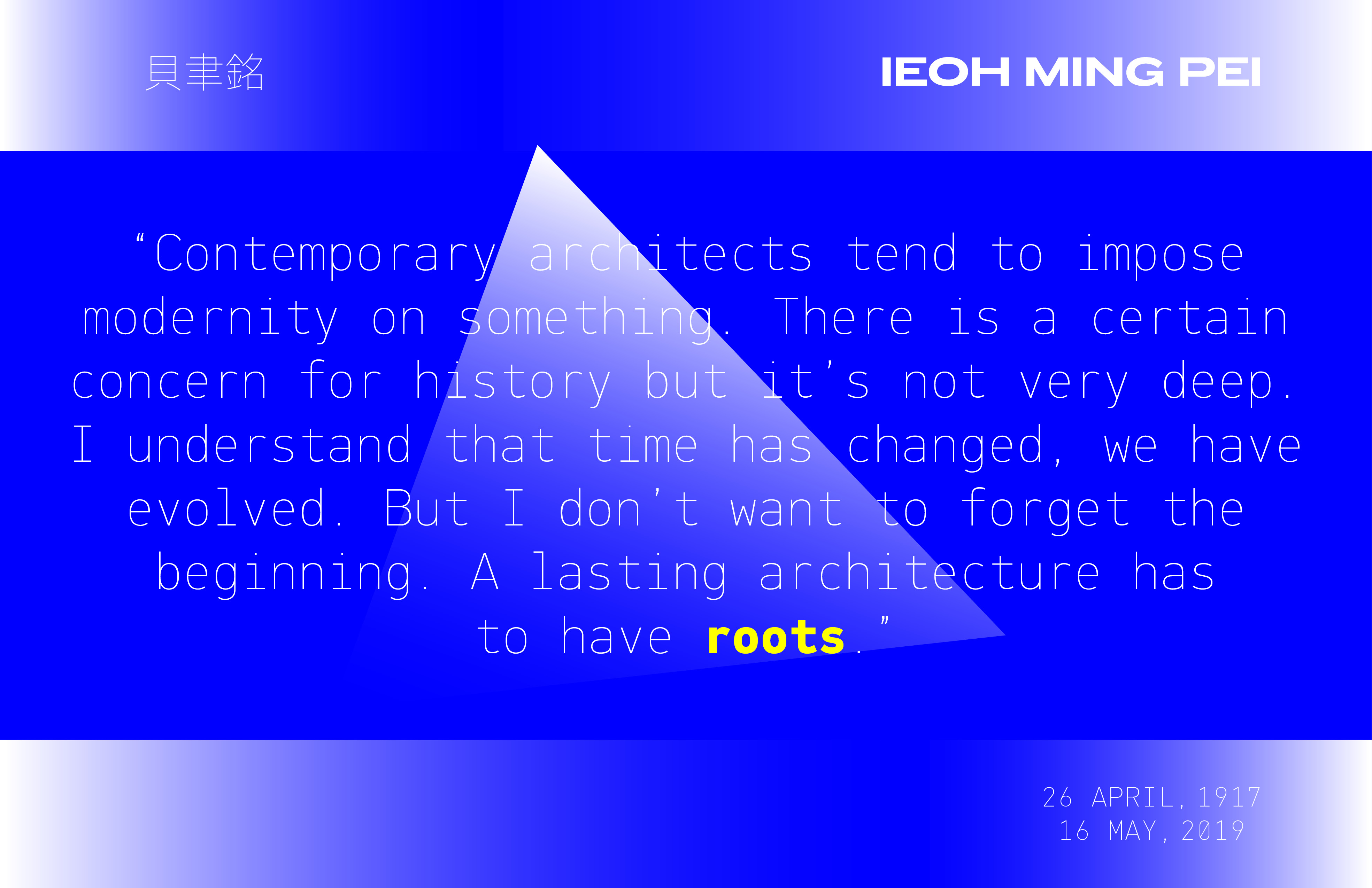
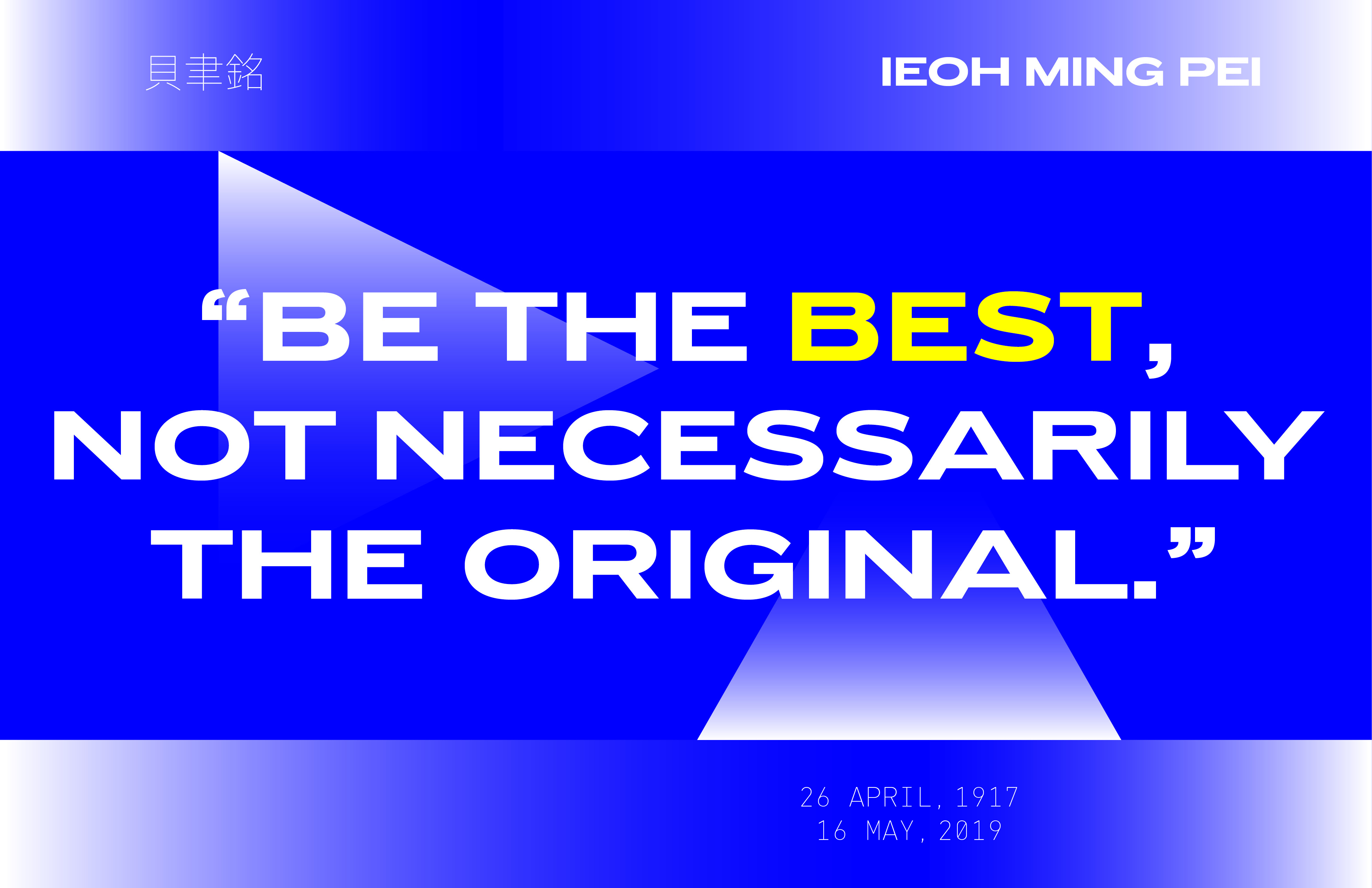
When François Mitterrand was elected President of France in 1981, he laid out an ambitious plan for a variety of construction projects. One of these was the renovation of the Louvre Museum. Mitterrand appointed a civil servant named Émile Biasini to oversee it. After visiting museums in Europe and the United States, including the US National Gallery, he asked Pei to join the team. The architect made three secretive trips to Paris, to determine the feasibility of the project; only one museum employee knew why he was there. Pei finally agreed that a reconstruction project was not only possible but necessary for the future of the museum. He thus became the first foreign architect to work on the Louvre.
The heart of the new design included not only a renovation of the Cour Napoléon in the midst of the buildings but also a transformation of the interiors. Pei proposed a central entrance, not unlike the lobby of the National Gallery East Building, which would link the three major buildings. Below would be a complex of additional floors for research, storage, and maintenance purposes. At the center of the courtyard, he designed a glass and steel pyramid, first proposed with the Kennedy Library, to serve as entrance and anteroom skylight. It was mirrored by another inverted pyramid underneath, to reflect sunlight into the room. These designs were partly an homage to the fastidious geometry of the famous French landscape architect André Le Nôtre (1613–1700). Pei also found the pyramid shape best suited for stable transparency, and considered it "most compatible with the architecture of the Louvre, especially with the faceted planes of its roofs".
Biasini and Mitterrand liked the plans, but the scope of the renovation displeased Louvre director André Chabaud. He resigned from his post, complaining that the project was "unfeasible" and posed "architectural risks". The public also reacted harshly to the design, mostly because of the proposed pyramid. One critic called it a "gigantic, ruinous gadget"; another charged Mitterrand with "despotism" for inflicting Paris with the "atrocity".Pei estimated that 90 percent of Parisians opposed his design. "I received many angry glances in the streets of Paris," he said. Some condemnations carried nationalistic overtones. One opponent wrote: "I am surprised that one would go looking for a Chinese architect in America to deal with the historic heart of the capital of France."
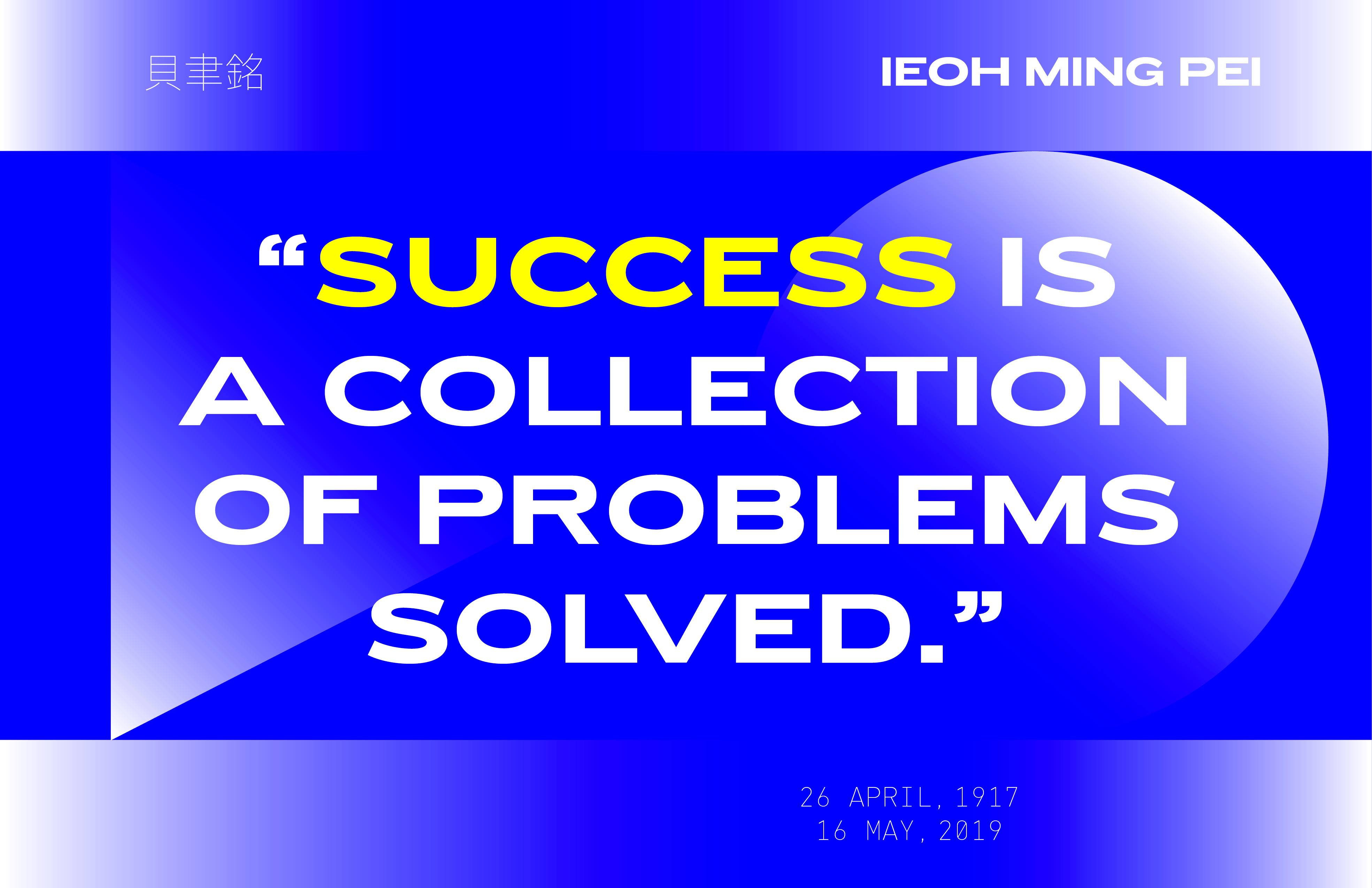
Pei decided that a pyramid was "most compatible" with the other structures at the Louvre, complementing their roofs' faceted planes. Soon, however, Pei and his team won the support of several key cultural icons, including the conductor Pierre Boulez and Claude Pompidou, widow of former French President Georges Pompidou, after whom another controversial museum was named. In an attempt to soothe public ire, Pei took a suggestion from then-mayor of Paris Jacques Chirac and placed a full-sized cable model of the pyramid in the courtyard. During the four days of its exhibition, an estimated 60,000 people visited the site. Some critics eased their opposition after witnessing the proposed scale of the pyramid.
To minimize the impact of the structure, Pei demanded a method of glass production that resulted in clear panes. The pyramid was constructed at the same time as the subterranean levels below, which caused difficulties during the building stages. As they worked, construction teams came upon an abandoned set of rooms containing 25,000 historical items; these were incorporated into the rest of the structure to add a new exhibition zone.
The new Louvre courtyard was opened to the public on 14 October 1988, and the Pyramid entrance was opened the following March. By this time, public opinion had softened on the new installation; a poll found a fifty-six percent approval rating for the pyramid, with twenty-three percent still opposed. The newspaper Le Figaro had vehemently criticized Pei's design, but later celebrated the tenth anniversary of its magazine supplement at the pyramid.
A writer in Le Quotidien de Paris wrote: "The much-feared pyramid has become adorable." The experience was exhausting for Pei, but also rewarding. "After the Louvre," he said later, "I thought no project would be too difficult." Eventually, the Louvre Pyramid has become Pei's most famous structure.
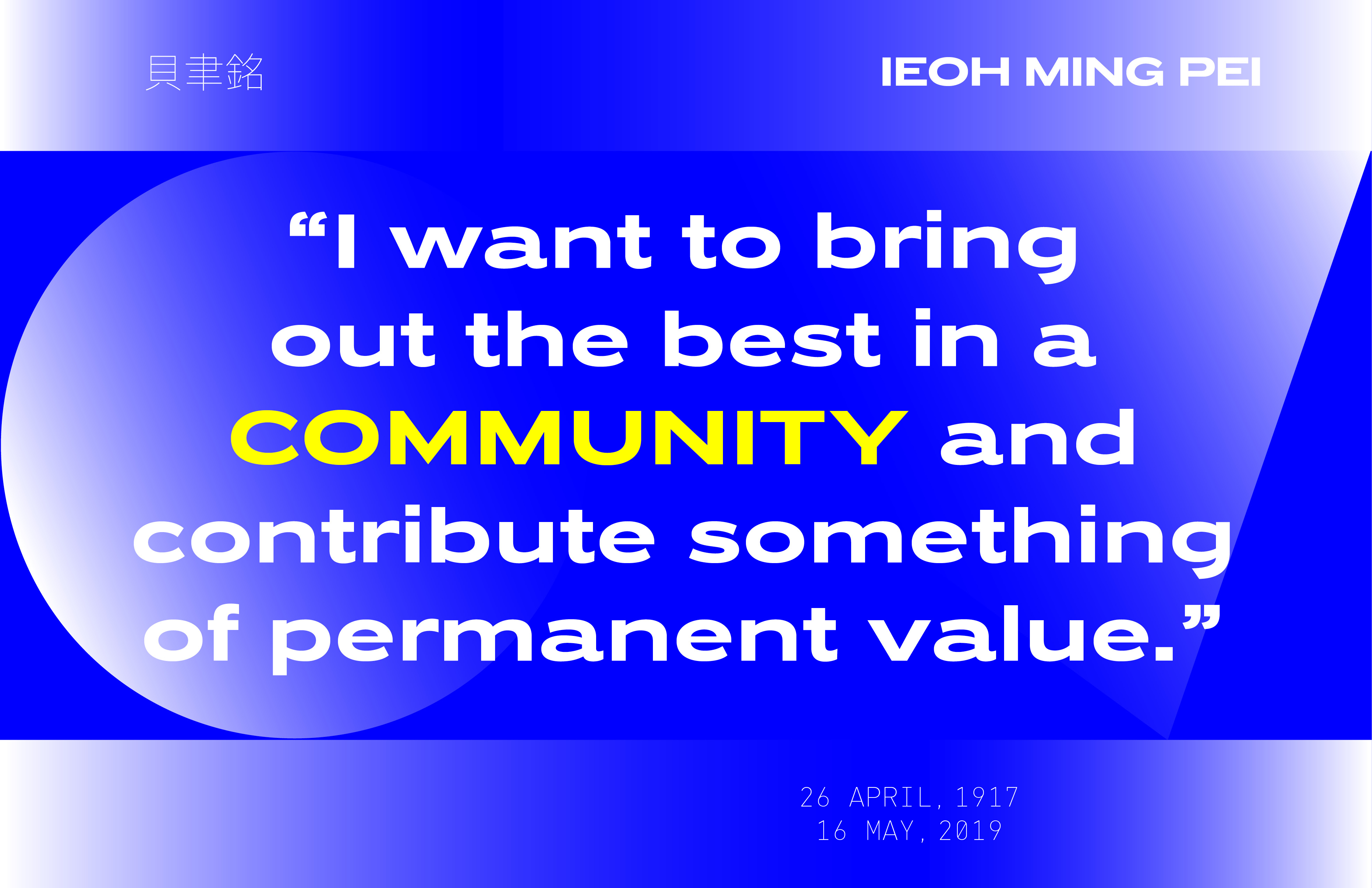
Described as thoroughly modernist, with significant cubist themes infused in his iconic designs Pei's architectural style is known for combining traditional architectural principles with progressive designs based on simple geometric patterns – circles, squares, and triangles are common elements of his work in both plan and elevation. As one critic writes: "Pei has been aptly described as combining a classical sense of form with a contemporary mastery of method."
Pei's work is celebrated throughout the world of architecture and in the words of his biographer, Pei has won "every award of any consequence in his art", including the Arnold Brunner Award from the National Institute of Arts and Letters (1963), the Gold Medal for Architecture from the American Academy of Arts and Letters (1979), the AIA Gold Medal (1979), the first Praemium Imperiale for Architecture from the Japan Art Association (1989), the Lifetime Achievement Award from the Cooper-Hewitt, National Design Museum, the 1998 Edward MacDowell Medal in the Arts, and the 2010 Royal Gold Medal from the Royal Institute of British Architects (RIBA).
In 1983 he was awarded the Pritzker Prize, sometimes called the Nobel Prize of architecture. In its citation, the jury said: "Ieoh Ming Pei has given this century some of its most beautiful interior spaces and exterior forms ... His versatility and skill in the use of materials approach the level of poetry."
Pei died in the New York City borough of Manhattan on 16 May 2019, at the age of 102.
Fonts in use: PF Din Mono & PF Grand Gothik
Tags/


















